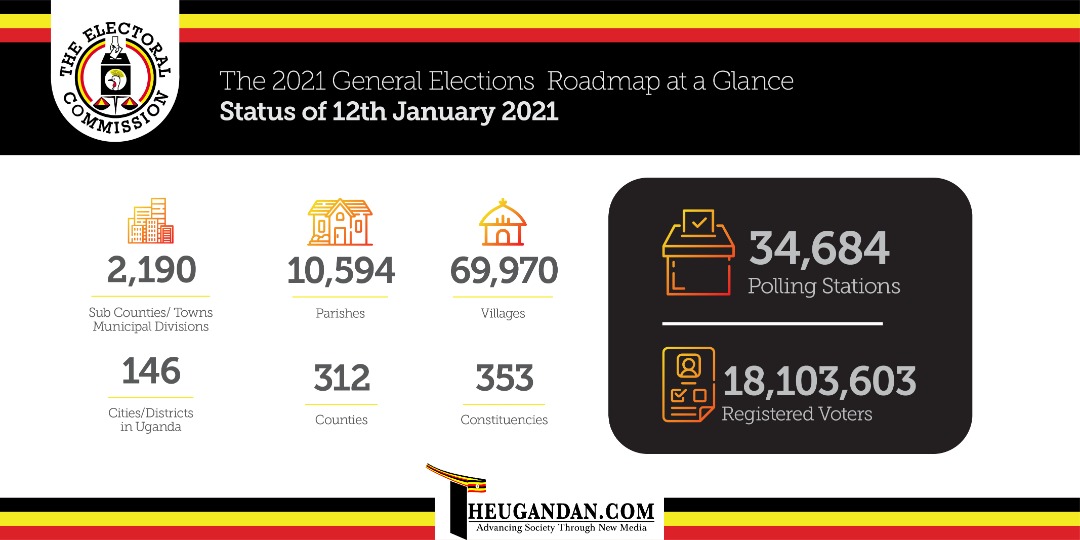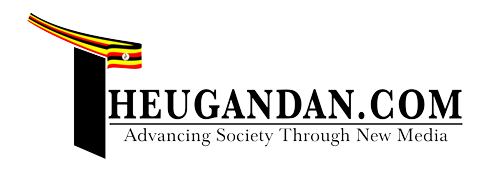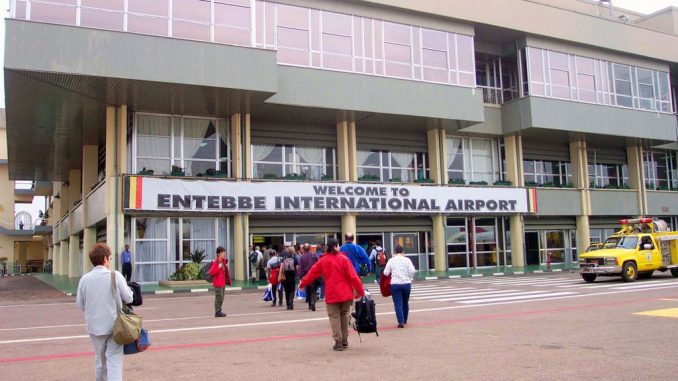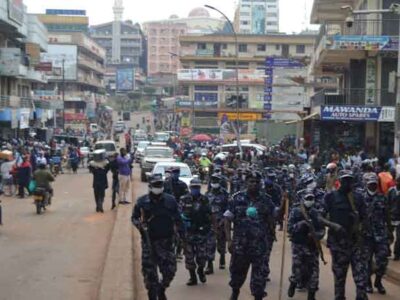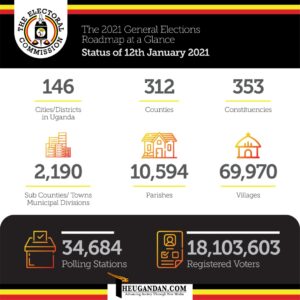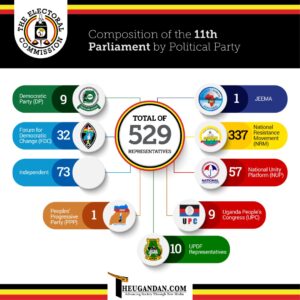The International Civil Aviation Organisation (ICAO), a United Nation (UN) specialised aviation body, has ranked Uganda fifth in aviation safety and security standards in Africa.
The aviation body carried out an audit of Kenya’s aviation sector under the Universal Security Audit Programme (USAP) from May 16 to 27.
The results indicated that Nigeria topped the sector scoring 96.06, followed by Kenya at 91.77, Tanzania scored 85.68, and Rwanda got 85.97 and Uganda had 76.44%.
However, the Uganda Civil Aviation Authority (UCAA) indicated that the audit doesn’t reflect Uganda’s actual position in airport security.
“While Kenya was recently audited by the ICAO and registered a good score as indicated, the percentage figure mentioned in relation to Uganda is not correct because Uganda is yet to be audited by ICAO,” the spokesperson of UCAA, Mr Vianne Luggya, said.
“The last ICAO audit on Uganda was the Universal Security Audit Programme – Continuous Monitoring Approach (USAP -CMA) conducted in 2017 and the score was 81.8 percent. This is a totally different reporting period from that of States that have just been audited in 2022,” he said yesterday.
Adding: “It is also important to note that when ICAO audits states, they do not rank them per se, but only allocate scores. The indication, therefore, that Uganda is ranked fifth is not based on any standard parameter and is not correct”.
Mr Luggya said Uganda will be audited next year in September. “Similarly, a Universal Security Audit Programme (USAP) on Uganda is scheduled for 2023 or later,” he said.
The audit assesses and determines a country’s compliance with these international standards on the ICAO’s eight critical elements of effective aviation safety oversight.
Yardstick
Primary aviation legislation
Specific operating regulations
State civil aviation system and safety oversight functions
Technical personnel qualification and training
Technical guidance, tools and the provision of safety critical information
Licensing, certification, authorization, and approval obligations
Surveillance obligations
Resolution of safety concerns
